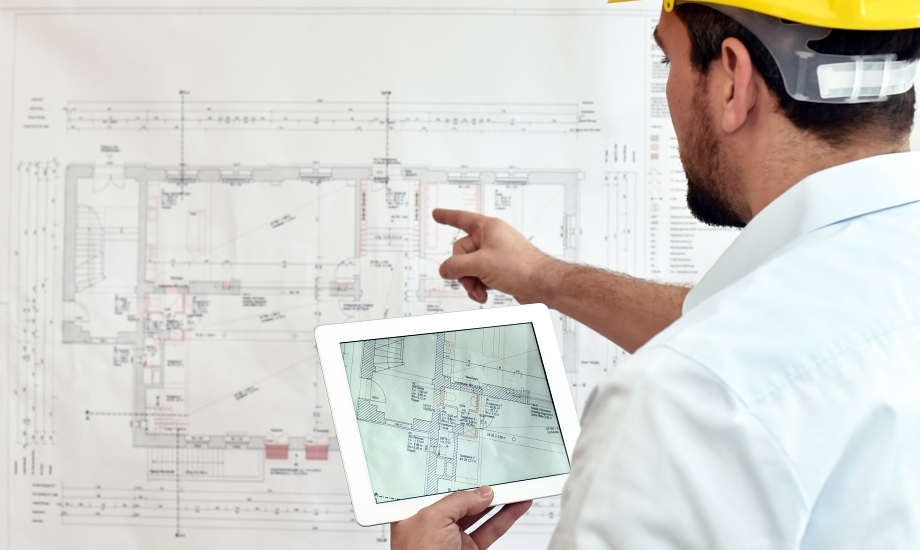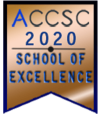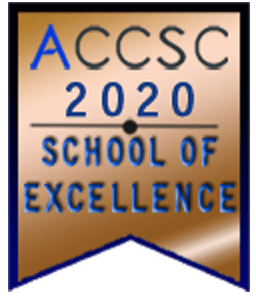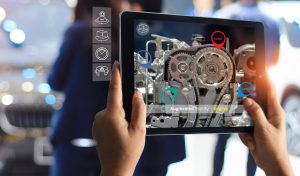
Drafting and design technology, especially through advanced computer-aided design (CAD) software and the integration of technologies like AI, machine learning, and digital twins, is transforming architecture and manufacturing. These tools enable greater efficiency, accuracy, and collaboration, ultimately empowering professionals to push the boundaries of innovation.
With these tools, drafting technicians can create more complex, sustainable, and functional designs and products. The ongoing evolution of these technologies promises to continue driving transformative advancements in the architecture and manufacturing industries.
Drafting & Design In Architecture And Manufacturing: Architecture
 The architectural world is experiencing significant innovation with advanced drafting and design technology tools. Drafting and design technicians learn the following applications in their college education and training to bring their employers into the modern world:
The architectural world is experiencing significant innovation with advanced drafting and design technology tools. Drafting and design technicians learn the following applications in their college education and training to bring their employers into the modern world:
- Enhanced Design & Visualization: CAD allows architects and their drafting team to create detailed 2D and 3D models with high precision, exceeding traditional manual drafting methods. This enables easier visualization of complex structures and facilitates client understanding through realistic renderings and immersive experiences using virtual reality (VR) and augmented reality (AR).
- Faster Communication and Collaboration: Cloud-based platforms allow architects, technicians, engineers, and other stakeholders to collaborate in real-time, sharing and editing designs seamlessly regardless of location.
- Improved Accuracy & Efficiency: CAD software automates repetitive tasks, such as generating elevations and material quantities, reducing the risk of errors and increasing productivity. Architects, drafters, and designers can also quickly iterate on designs, testing various concepts and making revisions efficiently.
- Integration with Other Technologies: CAD integrates with Building Information Modeling (BIM) for a holistic view of the building lifecycle. It also integrates with digital twins to create dynamic, real-time representations for performance monitoring and maintenance.
- Sustainable Design: Advanced CAD features enable architects to incorporate sustainable design principles from the outset, optimizing energy efficiency, analyzing material performance, and reducing environmental impact.
Artificial Intelligence In Architectural Drafting And Design
Artificial intelligence (AI) is driving efficiency, innovation, and sustainability in architectural design and drafting. The many advances include generative design tools and real-time Building Information Modeling (BIM) updates. It can streamline workflows to optimize projects and enhance project management, collaboration, and efficiency.
Architectural AI is revolutionizing project conception, design, finished drawings, and execution. It enhances visualizations to improve decision-making, collaboration, and showcasing AI apps. It also helps optimize layouts, structures, and materials with generative design tools. AI also provides the benefits of creativity, precision, quality, stakeholder visualizations, and superior project delivery.
|
“Drafting and design technology, especially through advanced CAD software and the integration of technologies like AI, machine learning, and digital twins, is transforming architecture and manufacturing.” |
Drafting & Design In Architecture And Manufacturing: Manufacturing
Manufacturers are constantly seeking better ways to increase productivity, keep quality high, and remain competitive. One effective way to achieve these goals is by applying advanced techniques in drafting and design. Facility operators and department managers use the skills and knowledge of technicians to apply these principles:
- Accelerated Prototyping and Production: CAD and computer-aided design and drafting (CADD) integrate technologies like 3D printing to allow for rapid prototyping and quicker turnaround times.
- Digital Twins for Enhanced Operations: Digital twins are a real-time virtual replica of a manufacturing process or plant. It provides insights into operations, allowing for optimized production schedules, predictive maintenance, and simulation of scenarios.
- Enhanced Training and Collaboration: Digital twins offer immersive and interactive training experiences, allowing employees to practice in a risk-free environment. Remote collaboration is also facilitated, enabling faster design review and decision-making.
- Improved Manufacturing Processes: CAD integrates with CADD and computer-aided manufacturing (CAM) to generate instructions for machinery, ensuring precision and efficient material use.
- Precise and Optimized Designs: CAD, CADD, and CAM enable drafters and designers to create intricate and complex designs that would be difficult or impossible with traditional drafting methods. Features, such as parametric modeling and generative design allow for the exploration of innovative solutions and optimization for efficiency, strength, and weight.
 AI In Manufacturing Design And Drafting
AI In Manufacturing Design And Drafting
AI is increasingly used in rapid prototyping and simulation in manufacturing. CAD, CADD, and CAM facilitate rapid design iteration and optimization, enabling virtual prototypes and simulations that minimize the need for physical prototypes, saving time and money.
AI helps optimize designs where designers can easily modify and refine designs, test different configurations, and evaluate the impact of design changes, leading to improved product performance. Drafting and design tools easily streamline the design process by accelerating the design phase and allowing for quicker iterations and refinements.
Summing It Up
Drafting and Design Technology, particularly through advancements in CAD, CADD, and CAM, has fundamentally reshaped architecture and manufacturing, driving innovation and efficiency in numerous ways. Become part of the fascinating world by earning a Drafting & Design Technology (AOS) Associate In Occupational Studies Degree at ITI Technical College.
For more information about graduation rates, the median debt of students who completed the program, and other important information, please visit our website: https://iticollege.edu/disclosures/





